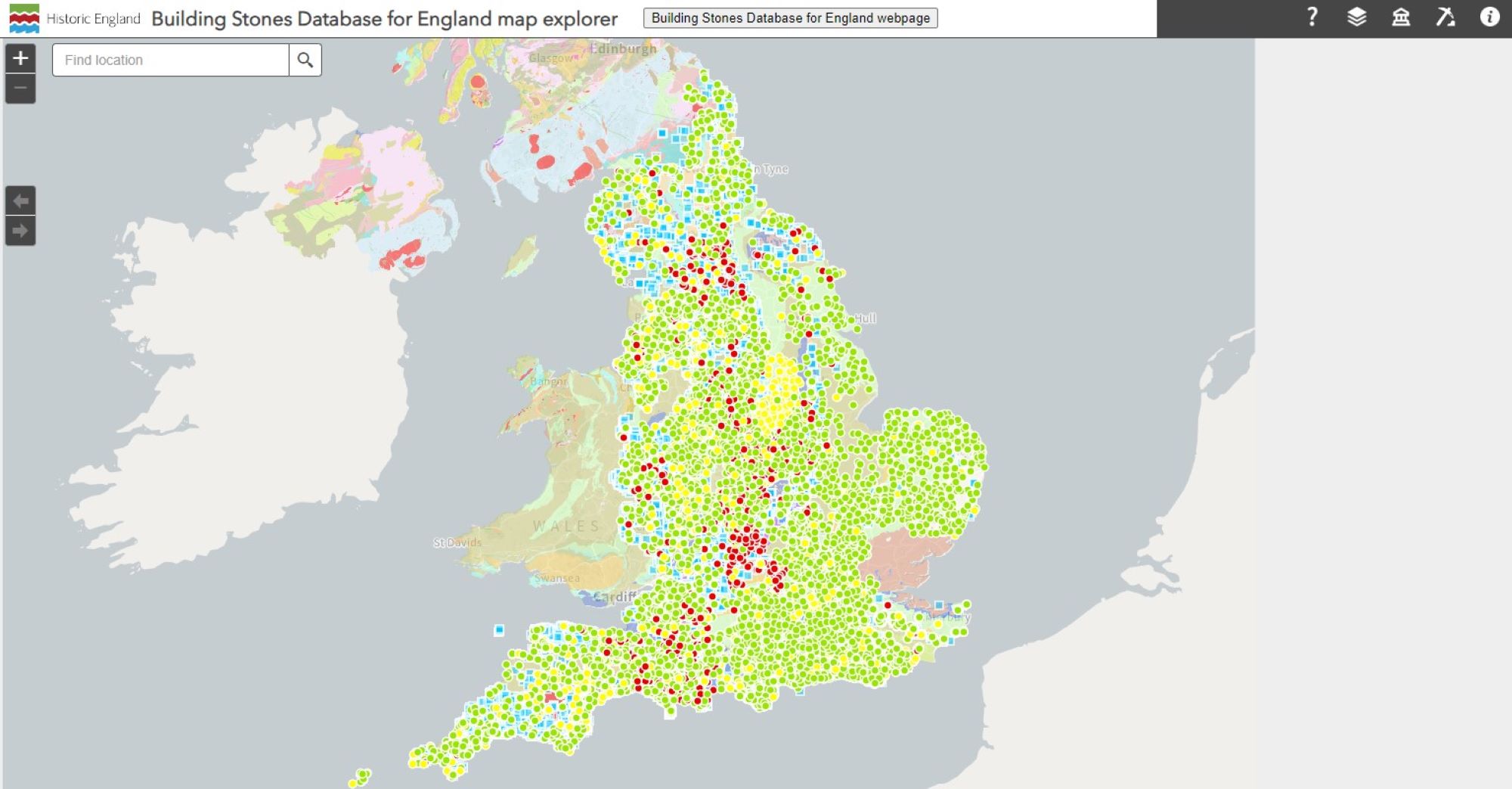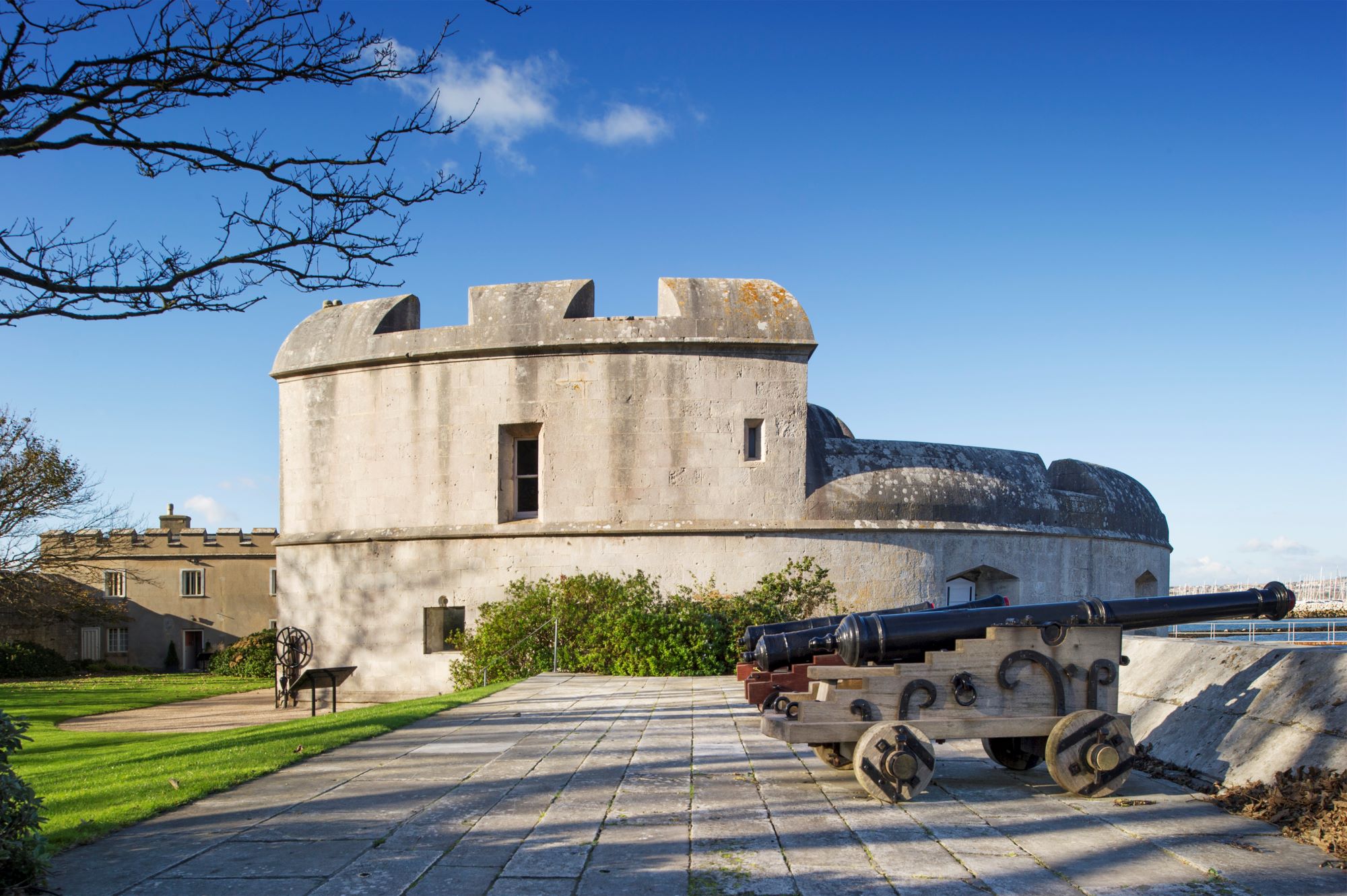Is your home on the Building Stones Database? Historic England launches map showing stone use across the UK
You can now navigate an interactive map to see what type of stone is used for buildings in your local area

Historic England has launched a building stones database, which is an interactive map showing the different types of stone buildings across the UK.
The tool is designed to help architects, builders, surveyors and those who own stone buildings easily access and identify what type of stone their building is made from.
The idea is that it can help identify what stone is likely to be used in your area (handy for new build projects), and — if you are lucky — even pinpoint the exact stone used to build your home, if your home is catalogued on the database. This is more likely to be the case if you live in a listed building.
What is the building stones database?
The first Building Stones Database for the UK brings together information on over 4,000 types of building stones, their uses and sources, in a searchable online GIS map explorer. You can take a look at the map here.
Users can browse the geological map, search by postcode, address or place name as well as looking for a specific building stone, representative buildings or structures made with each stone type, and stone sources.
The database identifies important indigenous building stones, where they were extracted and potential sources for repairs and new construction.
Historic England has led the development of the comprehensive new database, working with the British Geological Survey, local geologists, historic building experts and volunteers.
Get the Homebuilding & Renovating Newsletter
Bring your dream home to life with expert advice, how to guides and design inspiration. Sign up for our newsletter and get two free tickets to a Homebuilding & Renovating Show near you.

Why was the building stones database created?
The building stone database should help homeowners, self builders, planners, architects, builders, surveyors, conservation advisors, developers, and individuals interested in their local area's geology and history. It was created using funding from the Government and Historic England.
Nearly half of the country's listed buildings (49%) are built using stone, and it serves as a crucial natural building material in numerous other structures. Stone is also prominently featured in conservation areas, historic high streets, and countless unlisted buildings and structures.
Unfortunately, these buildings face potential threats as finding suitable stone for repairs often proves challenging. To address this issue, the building stones database database helps link up people to quarries that provide particular types of stone. This can empower Mineral Planning Authorities to implement measures to safeguard these resources.

Hopes map will lower carbon footprint of repairs
Moreover, the new tool has the potential to reduce the carbon footprint associated with repairs. By identifying the closest sources of stone used in a building, it helps minimise the need for long-distance transportation when replacing the stone, thereby contributing to carbon emission reduction efforts.
Clara Willett, Senior Building Conservation Advisor at Historic England, said:
“The need for a database was identified following research which revealed that - despite the importance of stone to England’s historic environment - there was no comprehensive catalogue to help match stones used in a building to their source.
“Historic buildings are generally best repaired with the same type of stone used in their construction. Understanding the properties and performance of the original stone helps to determine the replacement. Like-for-like repair avoids further damage caused by incompatibility, as well as being important for a visual match.”

How do I use the building stones database?
The building stones database lists everything from Roman walls to Norman churches, workers' cottages to grand town halls, and potentially even, your home.
And if your home is listed, it should name the underlying geology that makes up your build.
To use the database, you enter the name of either your building or area into the search bar and the map will display the listed property or properties of interest with relevant details. This includes the type or types of stone used in its build.


News Editor Joseph has previously written for Today’s Media and Chambers & Partners, focusing on news for conveyancers and industry professionals. Joseph has just started his own self build project, building his own home on his family’s farm with planning permission for a timber frame, three-bedroom house in a one-acre field. The foundation work has already begun and he hopes to have the home built in the next year. Prior to this he renovated his family's home as well as doing several DIY projects, including installing a shower, building sheds, and livestock fences and shelters for the farm’s animals. Outside of homebuilding, Joseph loves rugby and has written for Rugby World, the world’s largest rugby magazine.
